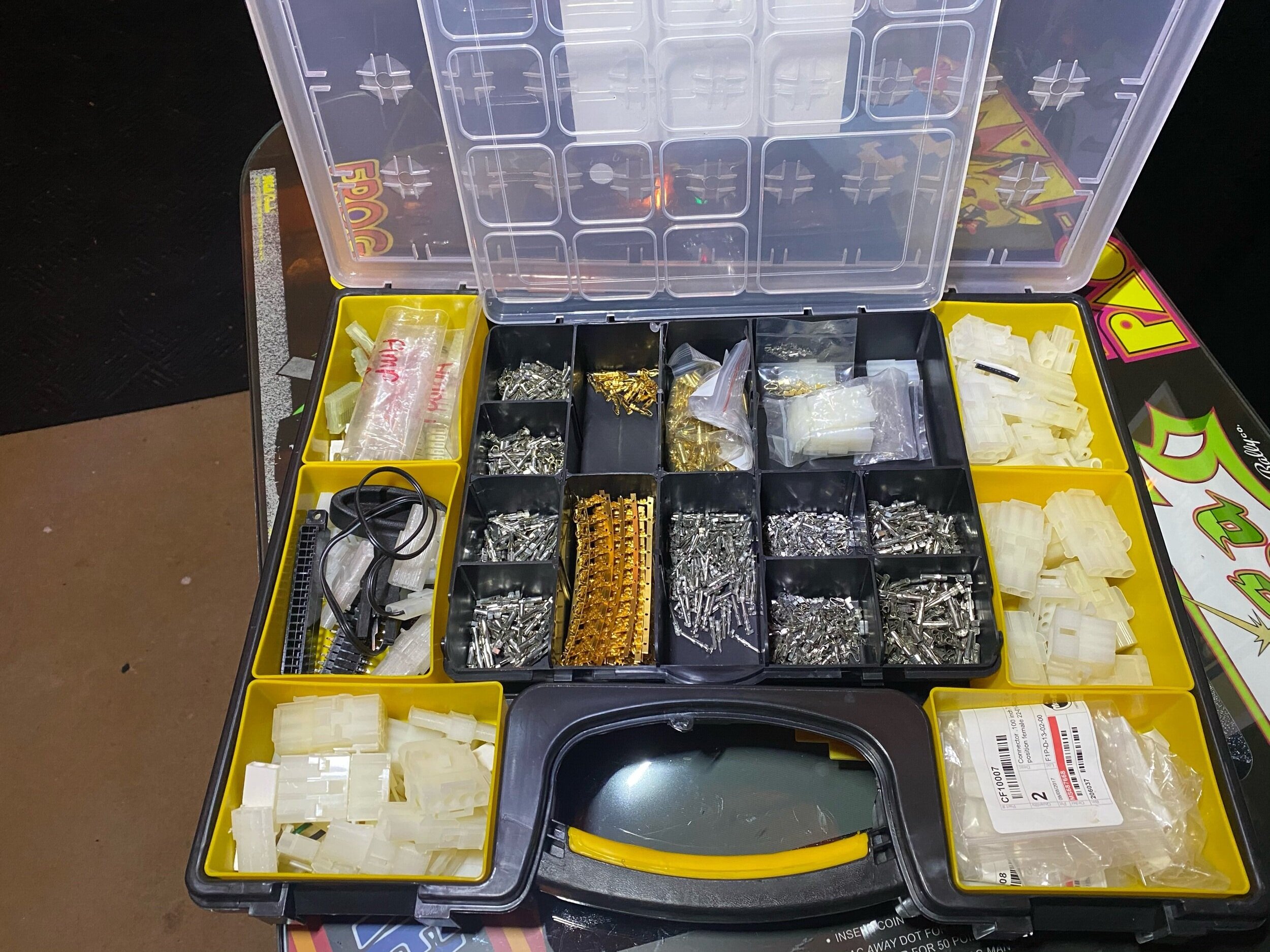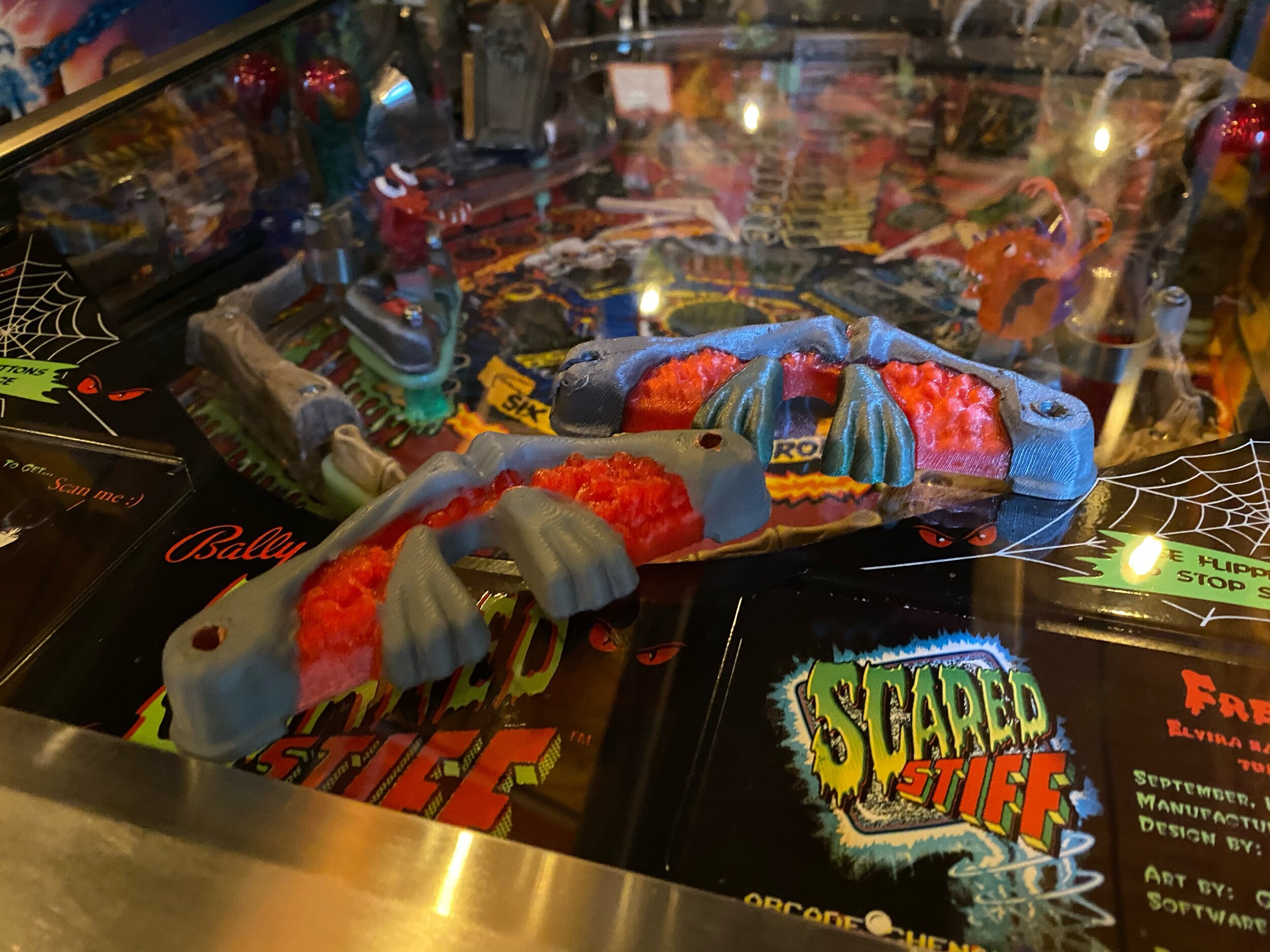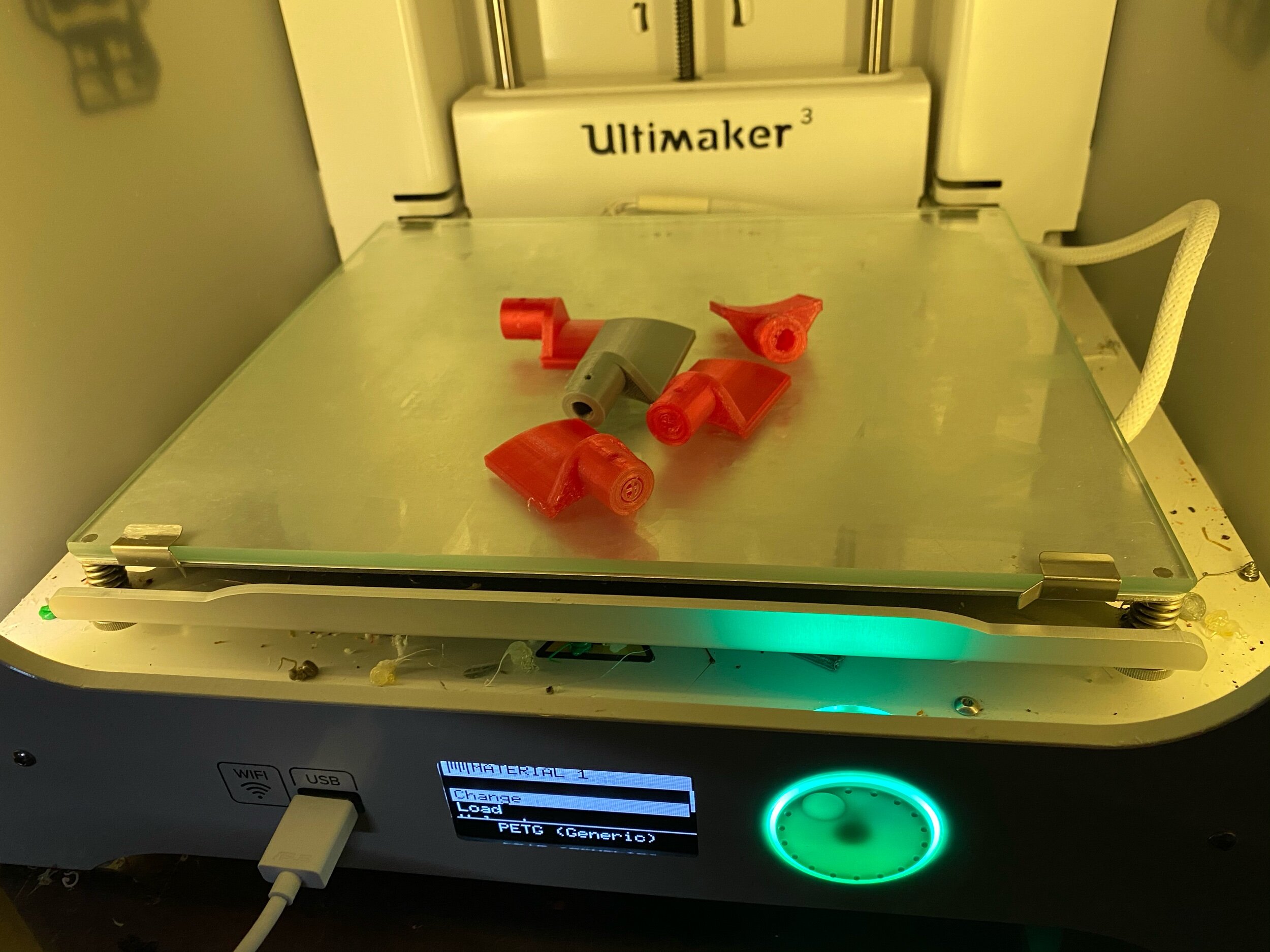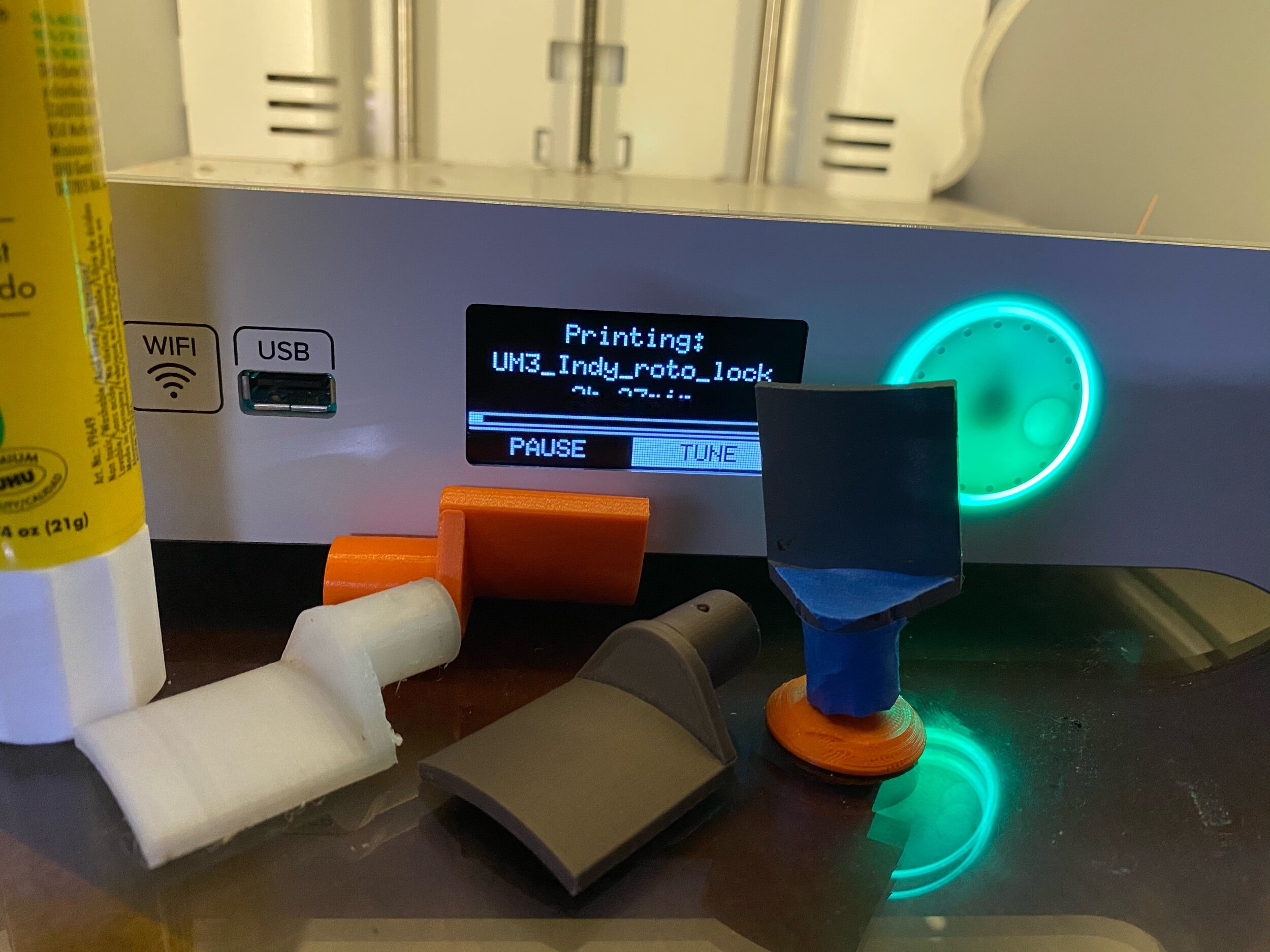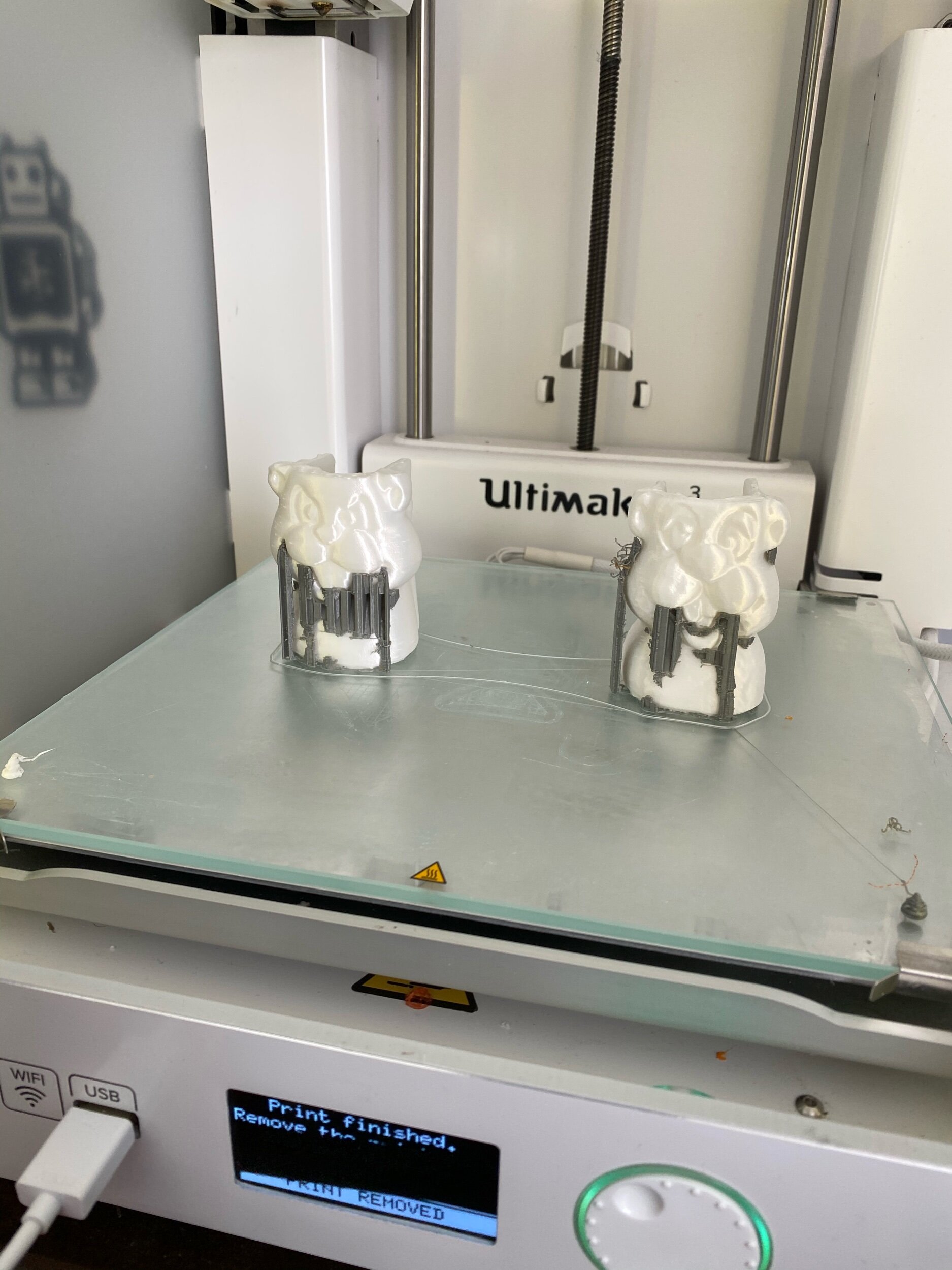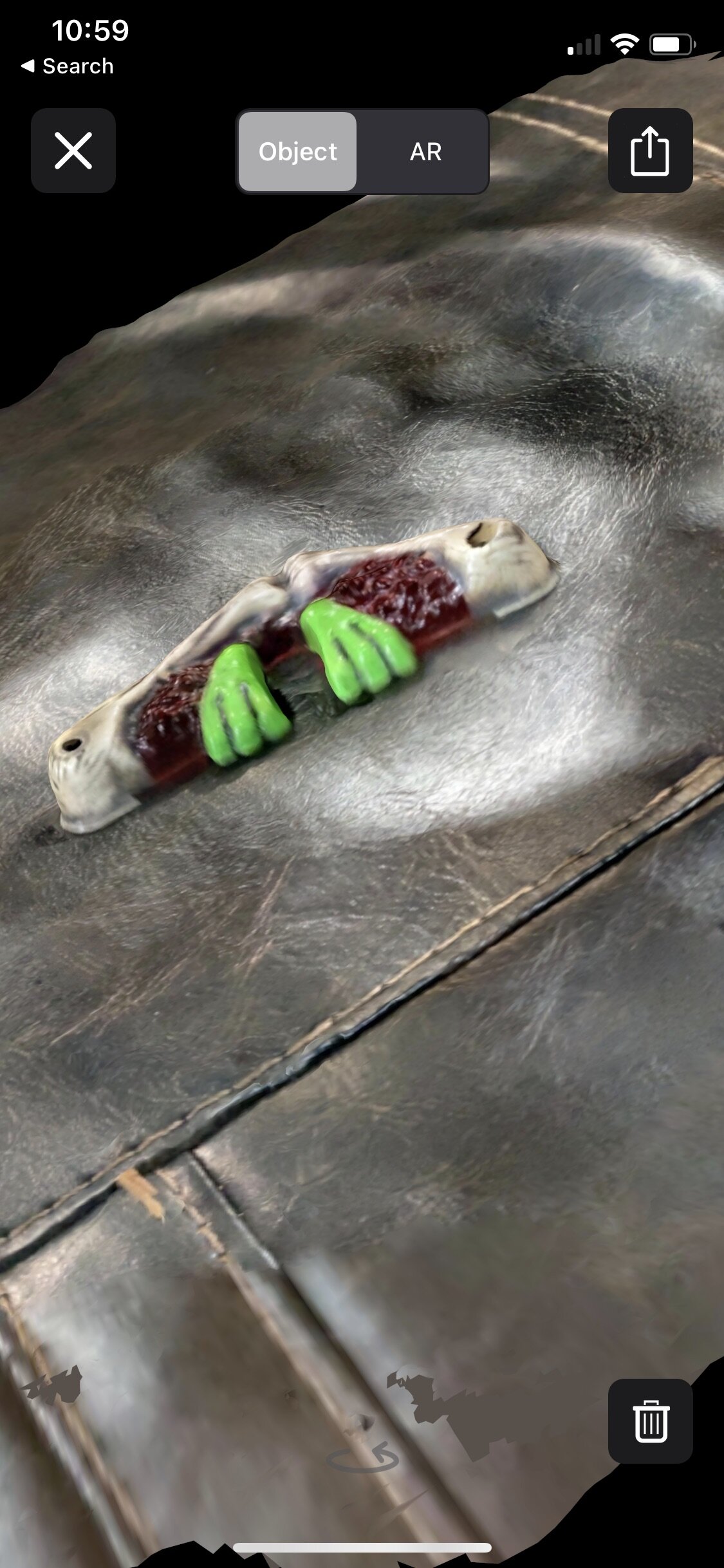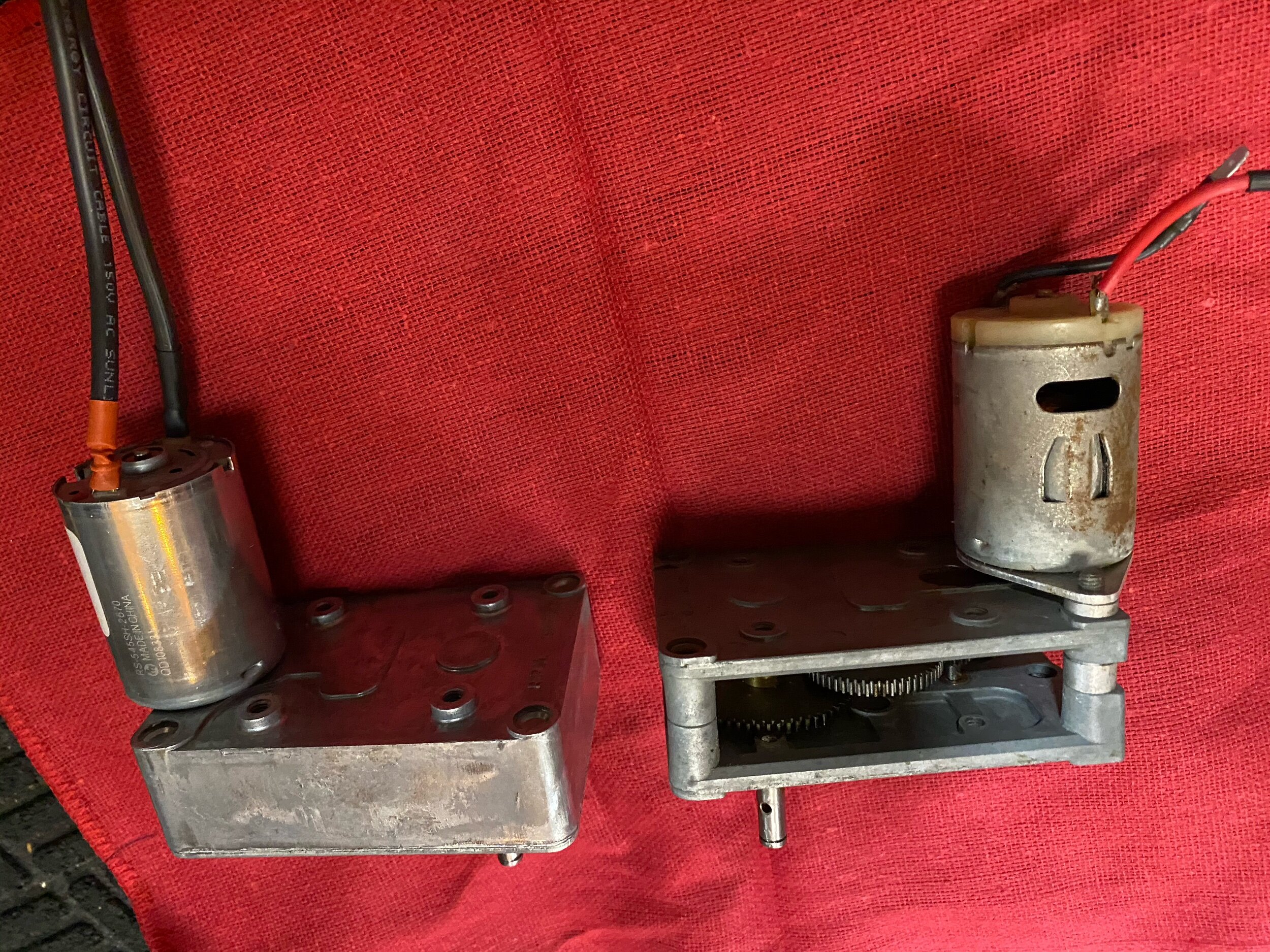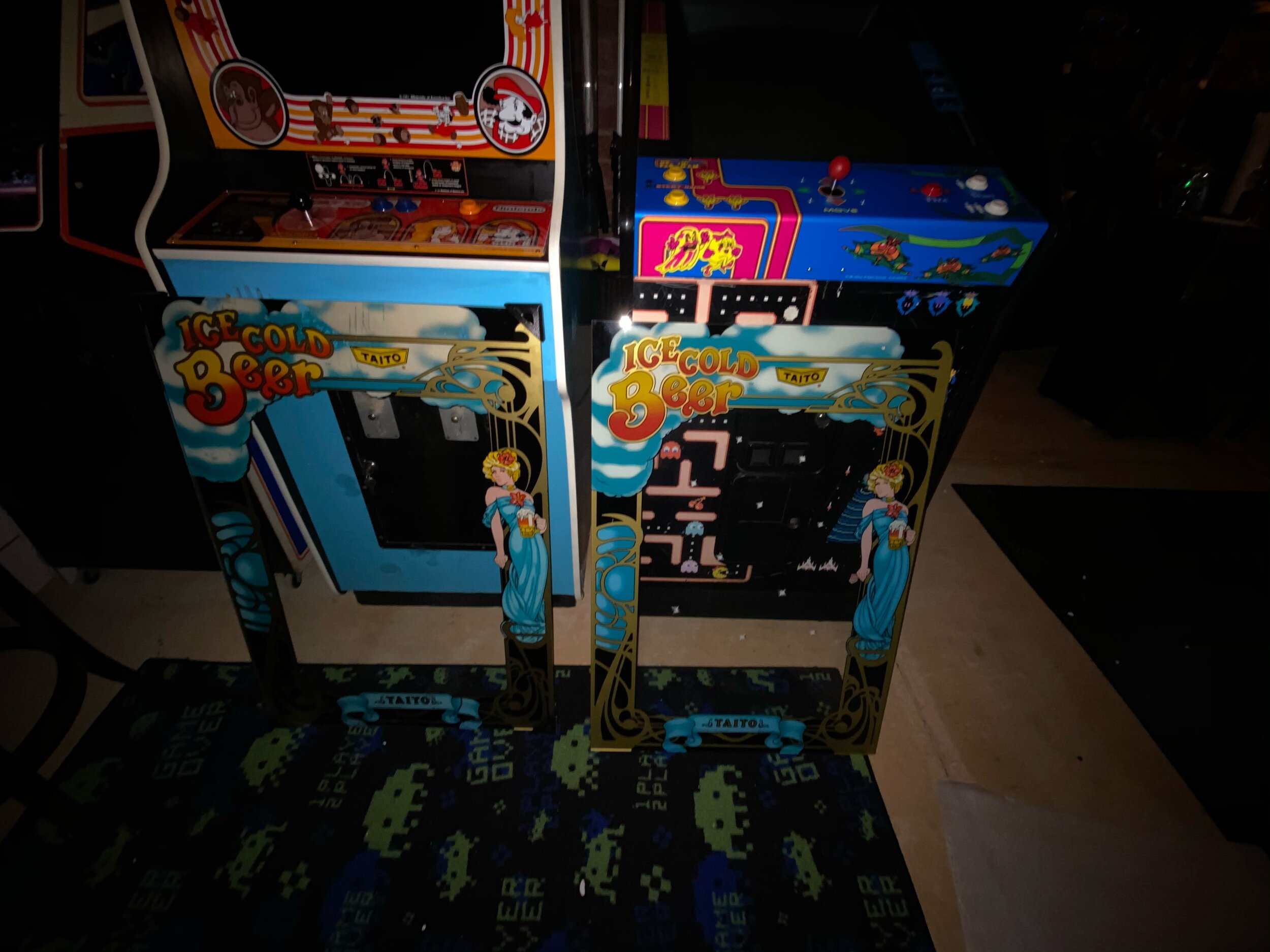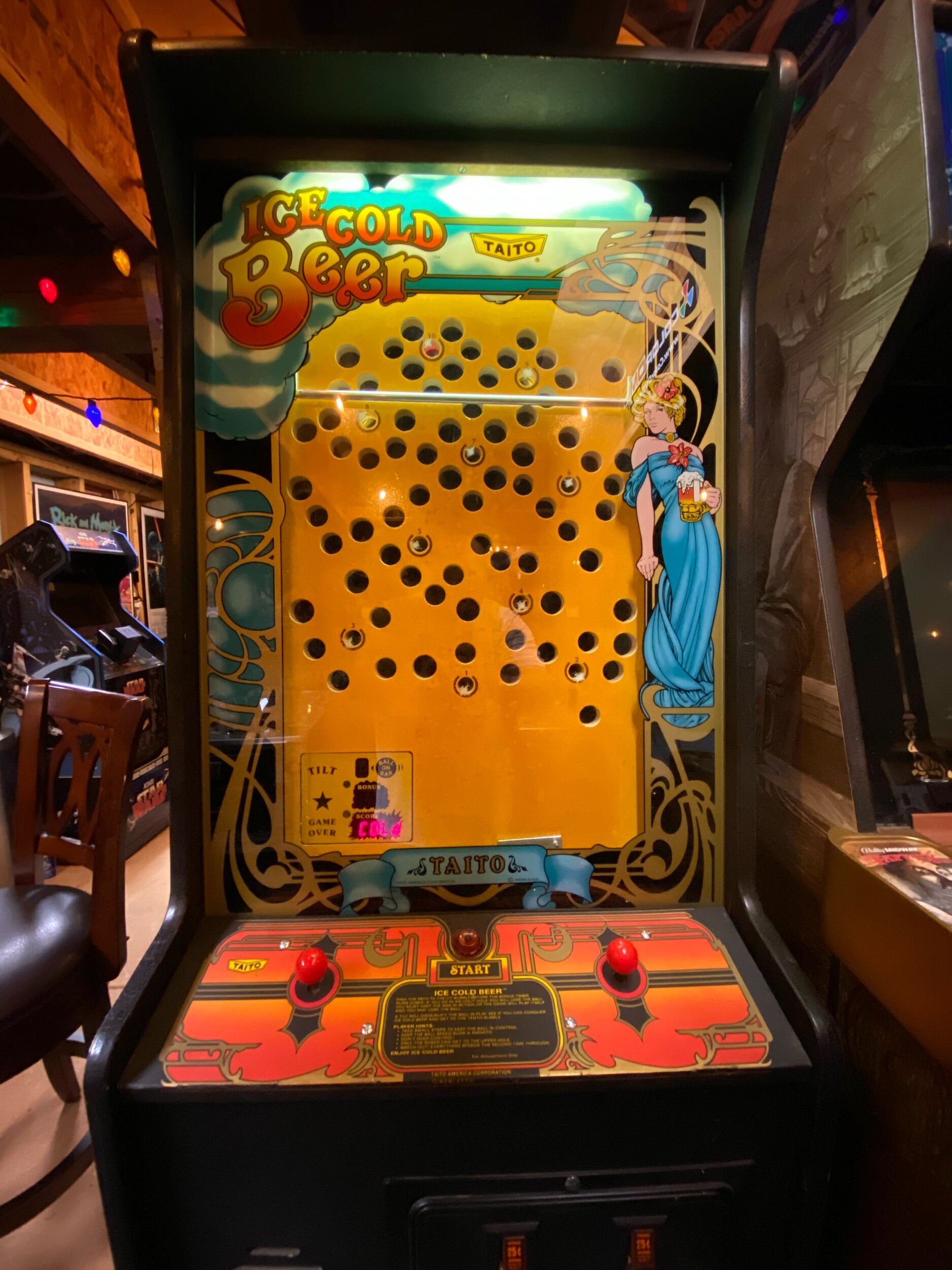If you’ve ever listened to interviews between various pinball personalities and Robert Mueller, he talked a big game. Deeproot promised to revolutionize pinball manufacturing, flood the market with games and blow our minds with new experiences.
Run faster, jump higher. Increase flavor and lower calories. All the things!
There was to be a big deep root event adjacent to TPF back in 2018. Lots of hype. They hired and contracted a stable of actual talent since 2018, including laid-off Disney Interactive animators. I paid extra attention to these 2017-2018 interviews and podcasts because I was considering a career change and thought it might be interesting to go work in the pinball industry. A new pinball company might have been a neat opportunity. I didn’t pursue it; weird vibes.
One claim was that deep root would ship more pinball machines per year than all other manufacturers combined. That struck me as a pretty fantastic claim. I also wondered if there was demand to support that release cadence.
Well, it seems like deep root is in trouble.
In a filing over the weekend the SEC is charging Robert Mueller (and by extension: Deeproot) over fraud claims valued at nearly $58Million. These charges are civil in nature (not criminal) at this point. Among other things, the filing accuses Mueller of misappropriating funds from two investment funds for personal trips, property and gifts; as well as a “Ponzi-Like” payout scheme. Scuttlebutt being that at least some of those funds probably went to the pinball venture.
This is ongoing and Mueller has every right to defend himself. Either way this is a bummer for pinball. More drama for the sharks.
For more details, check out the excellent article at Pinball News or your favorite pinball news podcast.


